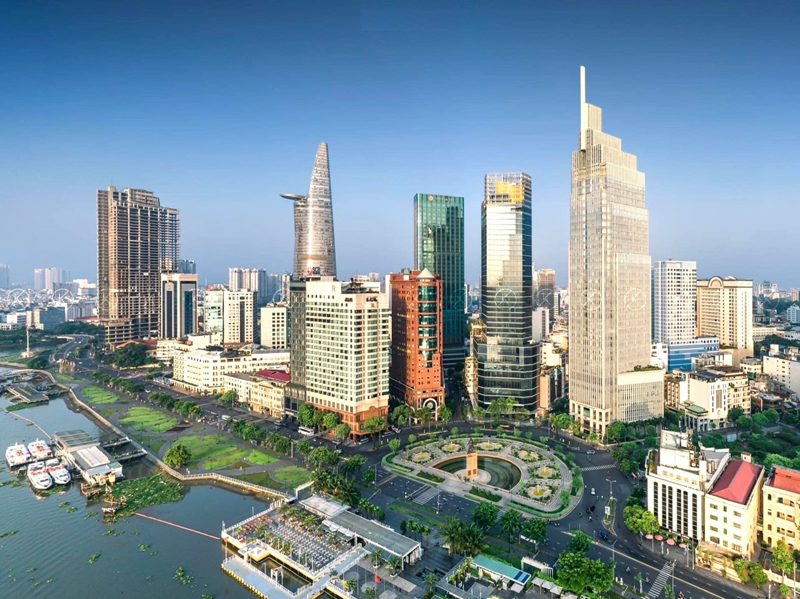In its “Vietnam 2045: Trading Up in a Changing World - Pathways to a High-Income Future” report, released on November 21, experts from the World Bank (WB) explored how Vietnam can upgrade its participation in global value chains to achieve high-income status by 2045.
Integration into global markets has been a key driver of Vietnam’s development success over the past 40 years, propelling one of the longest and fastest economic expansions in modern history.
Vietnam today is one of the most open economies in the world, with about half of the country’s GDP and every second job, direct and indirect, depending on exports.
Building on its past success, Vietnam has set ambitious goals for the future, aiming to become a modern, high-income economy by 2045. This requires sustaining annual per capita GDP growth of about 6 per cent over the next two decades.
Achieving this goal will depend on Vietnam’s ability to move up the value chain by advancing into higher value added manufacturing and services through investments in technology, skills, and innovation. And Vietnam will need to manage this transformation amid heightened global uncertainty and profound shifts in the global trading system.
“To sustain rapid growth, Vietnam will need to transition from labor-intensive, low value added final assembly into higher value added manufacturing and services,” said Ms. Manuela V. Ferro, WB Vice President for East Asia & Pacific. “In addition, amid global trade shifts and rising uncertainty, diversifying trade and investment partnerships will be essential for building resilience and ensuring long-term success.”
In its report on Vietnam’s economy, the WB proposed a multipronged approach to unlock productivity growth, attract private investment, and upgrade participation in global value chains.
Policy options include deepening regional trade integration; linking domestic enterprises to global supply chains; promoting skill- and technology-intensive manufacturing and high-value-added services; and transitioning to low-carbon, climate-resilient production.









 Google translate
Google translate